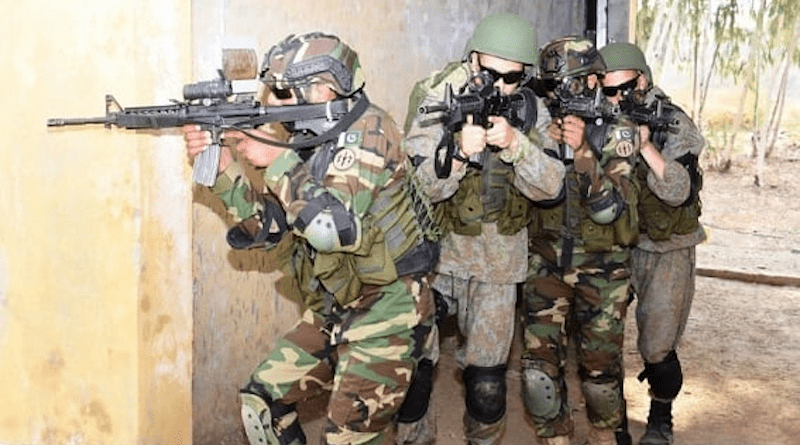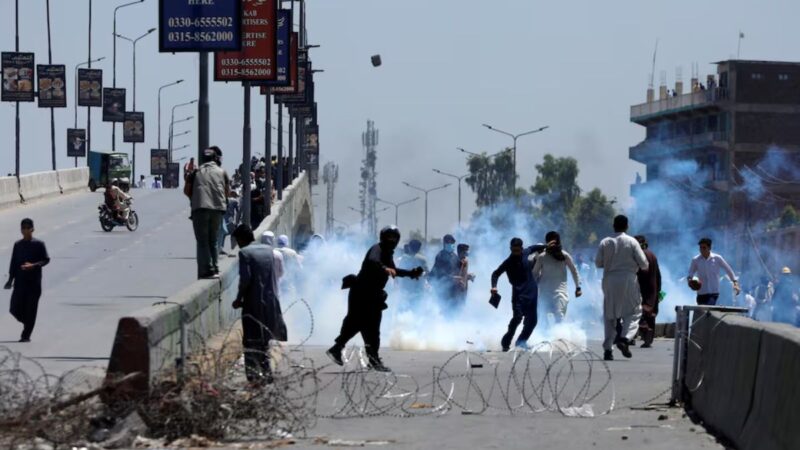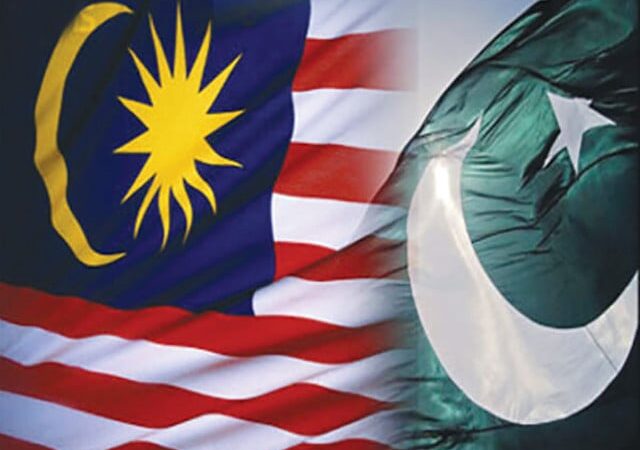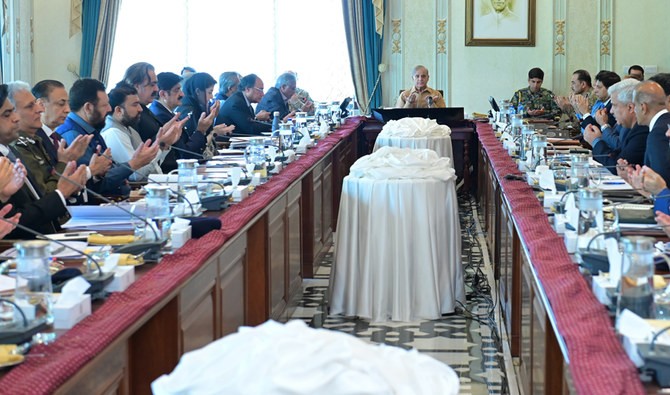The complex connection between Pakistan and the two Talibans
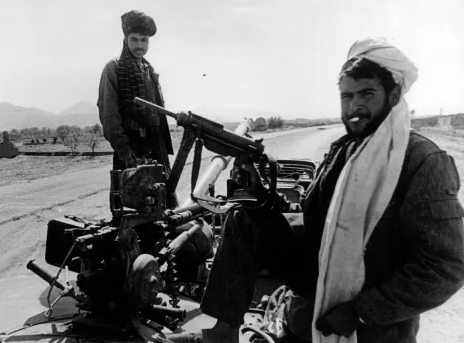
Pakistani forces have successfully foiled a terrorist attack that began in the early hours of Saturday (November 4) on the Mianwali Training Air Base of the Pakistan Air Force.
According to an update from the Pak military reported by Dawn, “combing and clearance operation at PAF Training Air Base Mianwali has been concluded and all nine terrorists have been sent to hell”.
The Tehreek-i-Jihad Pakistan (TJP), a newly formed affiliate of the Tehreek-i-Taliban Pakistan (TTP), has claimed responsibility for the attack. Since Friday, a series of incidents in the border provinces of Balochistan and Khyber Pakhtunkhwa have left at least 17 Pakistani soldiers dead.
The recent attacks have come at a time when Pakistan is forcibly expelling Afghan refugees, many of whom have either been decades-long residents of Pakistan, or were born in Pakistan. With Afghanistan’s economy in tatters, and under the Taliban’s regressive rule, those who are being forced to “return” — especially women and girls who will not be allowed to study or work — face an uncertain future.
The Pakistani action has drawn heavy criticism from the UN and rights groups, as well as from the Afghan Taliban, who have called it “inhumane”. Pakistan, however, has justified the move by citing its dire economic situation, and accusing undocumented Afghans of involvement in terrorism and crime.
Militant and terrorist activity in Pakistan has indeed surged over the past couple of years. An report released in October by the Centre for Research and Security Studies (CRSS) found that the security forces lost at least 386 personnel in the first nine months of 2023, the highest number in eight years.
The reasons for this are complex and multilayered, and lie in both Pakistan and Afghanistan. To get an idea, one needs to go back in history.
A tale of two Talibans
After the Soviets ended their disastrous occupation in 1989, Afghanistan was thrown into chaos. Out of this churn emerged the Taliban, an Islamic fundamentalist group largely comprising Pashtuns. Pashtuns are the major ethnic group in Afghanistan, as well as north and west Pakistan (more on that later). By 1996, the Taliban held Kabul and controlled much of Afghan territory.
But things changed in 2001 when the US invaded Afghanistan due to the Taliban’s refusal to hand over Osama bin Laden, the mastermind behind the 9/11 terrorist attacks. With the US invasion began a 20-year long war and occupation. Although the Taliban regime was quickly ousted, the group continued to wage asymmetric warfare against the Americans, while taking refuge in Pashtun territories, in both Afghanistan and Pakistan.
It was in this context that the Pakistani Taliban, the TTP, emerged. With Pakistan ostensibly supporting the US’s “global war on terror”, Pakistani jihadists banded together to formally create the TTP in 2007. The organisation claimed to be an extension of the Afghan Taliban, with designs to eventually establish a strict Islamic state, free of American influence, in Pakistan.
In its early years, the TTP’s strategy was centred around attacking civilians in Pakistan to get concessions from the Pakistani state. Most notably, in 2014, the TTP massacred 149, including 132 school children, in an attack on an Army school in Peshawar. Since 2018, the TTP has shifted its focus more directly to attacking military installations. Today it is the largest militant organisation fighting the Pakistani state, with thousands of fighters on both sides of the border.
A problem that Pakistan created
Smarting from the loss of East Pakistan in 1971, the Pakistani state became increasingly paranoid about further separatism in the country. Of particular concern was Pashtun nationalism in the provinces of Khyber Pakhtunkhwa (KPK) and Balochistan, both bordering Afghanistan. This was not a new phenomenon — the demand for a unified Pashtun nation predated the creation of Pakistan in 1947.
To counter Pashtun nationalism, the Pakistani state chose to encourage Islamic fundamentalism. It set up numerous Deobandi madrasas, teaching a particularly strict brand of Islam, in Pashtun territories. The Taliban leadership would emerge from these madrasas — ‘Taliban’ being the Pashto word for ‘student’. Pakistan happily supported the rise of Taliban in its neighbouring country, hoping that their hardline Islam would suppress the Pashtun identity, both at home and in neighbouring Afghanistan.
But the US invasion complicated things. Pakistan was a US ally, and received massive military and financial support from the superpower. Simultaneously, it had its own interests in supporting the Taliban. Thus, it sought to play a delicate and dangerous balancing game, covertly supporting the Taliban while making overt gestures against terrorism.
But this strategy of vacillation and double talk had its limits — and the emergence of the TTP was evidence. The Islamic fundamentalism that Pakistan had nurtured and supported came back to bite, especially as the fundamentalists turned on the Pakistani state itself.
A complicated triangle
Pakistan has been involved in bloody conflict with the TTP for a decade and a half. Although Pakistani military actions, supported by US drones, led to the TTP suffering serious setbacks between 2014 to 2018, the militant group has experienced a strong resurgence since 2020, when the Afghan Taliban and the US signed a peace deal. Attacks on military installations have shot up, despite Pakistan trying to secure a peace deal.
This is contrary to what Pakistan had hoped. Despite the rise of the TTP, Pakistan maintained friendly relations with the Afghan Taliban. When they returned to power in Kabul in 2021, then Pak PM Imran Khan had enthusiastically welcomed the development. The head of the Pakistani ISI went to Kabul for the inauguration of the Taliban regime and, according to some reports, to sort out a factional fight. Pakistan’s fond hope was that the Afghan Taliban would help it deal with the TTP, many of whose fighters and leaders are sheltered on the other side of the border.
Yet, the Taliban government has not delivered on this expectation, supporting the TTP instead. Why? The answer is complicated.
Some experts argue that the two organisations share deep ideological, historical, and ethnic connections. Both champion a hardline Islamic ideology, the TTP emerged due to Pakistani vacillation on the ‘war on terror’ primarily directed against the Afghan Taliban, and among rank-and-file members of both organisation, there are deep tribal bonds as well as a general disdain for the Punjabi-dominated Pakistani state.

